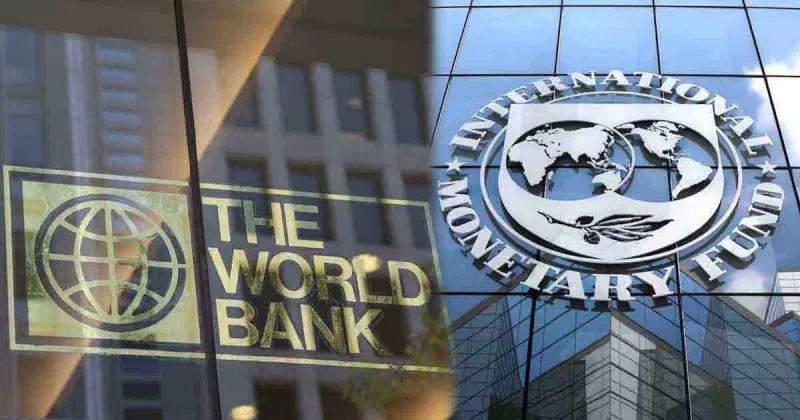The World Bank’s recent South Asia Development Update highlights the significant potential impact of increased female workforce participation on India’s manufacturing output, projecting a potential rise of 9 percent. This insight comes alongside the Bank’s maintained GDP growth forecasts for India, estimating growth at 7 percent for FY25 and 6.7 percent for FY26. The overall growth rate for South Asia is projected at 6.4 percent for 2024, largely driven by strong domestic demand in India and improved recoveries in neighboring countries like Sri Lanka and Pakistan.
The report underscores that India’s growth will be supported by robust private consumption, bolstered by higher-than-anticipated agricultural output and policies aimed at boosting employment. However, public consumption growth is expected to slow as the government focuses on fiscal consolidation.
A critical finding of the report addresses the disparities in female labor force participation in South Asia. It notes that, on average, the employment rate of women after marriage is 12 percentage points lower than before marriage across four South Asian nations: India, Maldives, Nepal, and Bangladesh. This disparity indicates a significant barrier to women’s full economic participation.
World Bank Vice-President for South Asia, Martin Raiser, emphasized the need for key policy reforms to integrate more women into the workforce. He argued that increasing female labor force participation rates to match those of men could boost the region’s GDP by up to 51 percent.
In India specifically, the female labor force participation rate (LFPR) has seen a notable increase, rising to 41.7 percent in FY24 from just 23.3 percent in FY18, according to the latest Periodic Labour Force Survey for the July-June 2023-24 period. This growth reflects a positive trend towards greater inclusion of women in the workforce, but further efforts are needed to sustain and enhance this momentum.
Overall, the findings of the World Bank report reinforce the importance of gender equality in economic participation as a critical driver for India’s growth and the broader South Asian region. By removing barriers and implementing supportive policies, countries can unlock significant economic potential and foster more inclusive development.

